Q&A: Thomas (Physical Therapist)


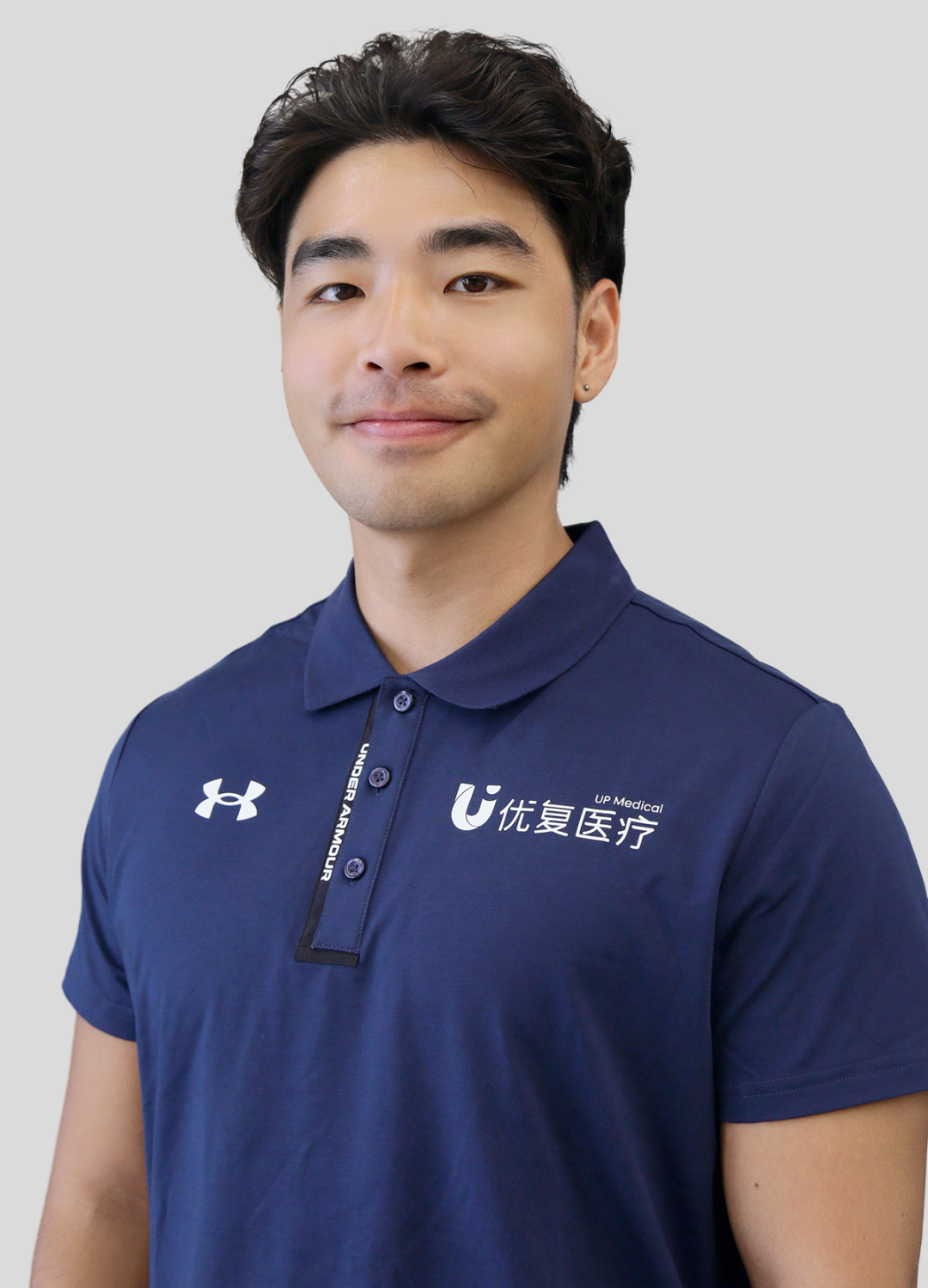
Thomas Ma
物理治療師
EDUCATION
Rehabilitation Science & Physiotherapy MSc
University of Antwerp
Certified by the International Federation of Physical Therapists (WFPT)
Sports Rehabilitation BSc
Beijing Sport University
PROFESSIONAL EXPERIENCE
Musculoskeletal Physiotherapist | Ocean Power Poly Clinic
Internal Physiotherapist | UZA hospital
Physiotherapist Public & Private Practices in Belgium
Sports Physiotherapist
Chinese National teams & Olympic Committee
Administered therapeutic interventions to alleviate pro-athletes’ impairment of functional limitations, maximize optimal recovery, and enhance performance
SKILLS
Musculoskeletal Rehabilitation
Functional training
Motor skill assessment
Manual therapy
Sports massage
Sports taping
Stretching

Author / Lauren
UP Medical
Meet our new Physical Therapist Thomas, originally from Macau. He joined the UP team just a few weeks ago and says that, so far, it’s “been an incredibly enriching experience.”
His educational journey is a blend of Eastern and Western learning, first with his Bachelor’s in Sports Rehabilitation from Beijing Sports University, prior to journeying to Europe to earn his Master’s in Rehabilitation Science and Physiotherapy from the University of Antwerp.
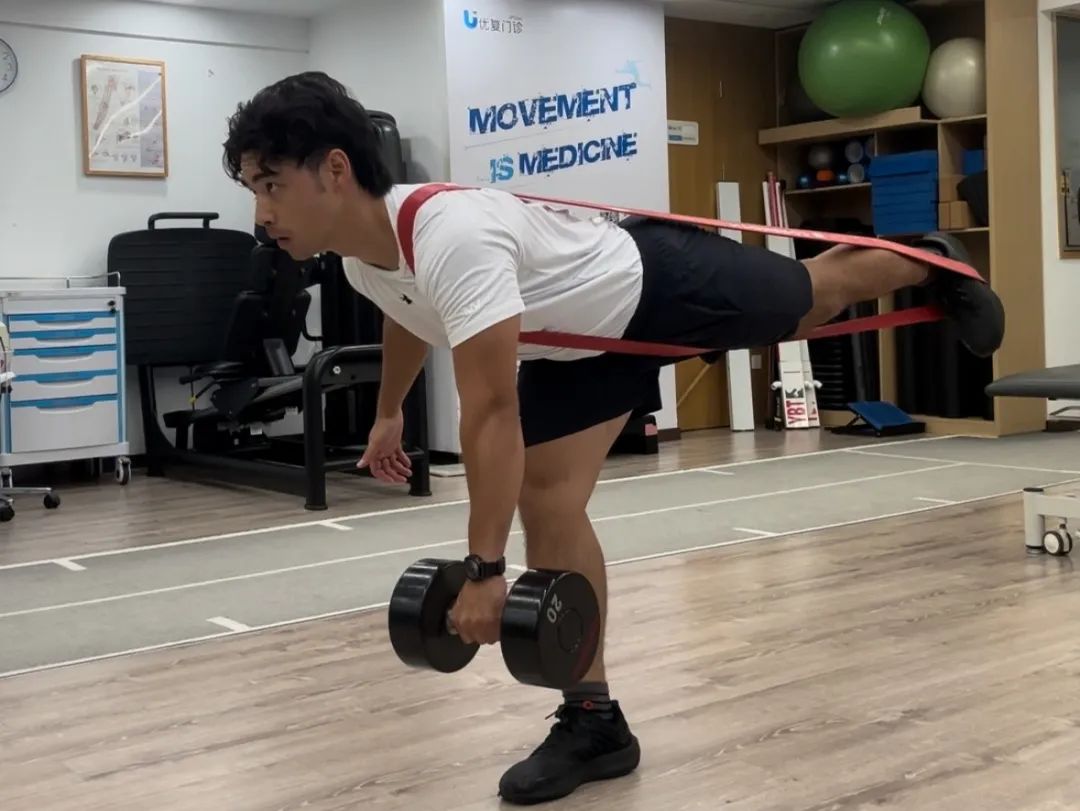
When he’s not at work, he enjoys ‘finding the calm in embracing nature’ to recharge his batteries through sunlight and fresh air.
“I often seek out green spaces, where I can unwind and reconnect with the natural world,” he says. “I also get energy from physical movement. Whether it’s a leisurely walk through the woods, a short training session, or even a few push-ups, exercise is a vital part of my routine. It not only boosts my energy levels but also enhances my mental clarity and overall well-being.”
A perfect practice for someone who helps others move better! Read on to learn more about Thomas and his role as a physical therapist.
Q
Welcome to UP! How has your first few weeks been?
The advanced concepts and standardized methods here have been truly eye-opening. I’ve had the opportunity to immerse myself in a variety of therapeutic and testing procedures, all of which have been conducted with a high level of professionalism. One example is the AlterG® Anti-Gravity Treadmill. It combines precision unweighting technology with real-time gait analytics and video feedback. It can be used in post-fracture and post-operative sports rehabilitation programs for faster recovery and conditioning with less risk.
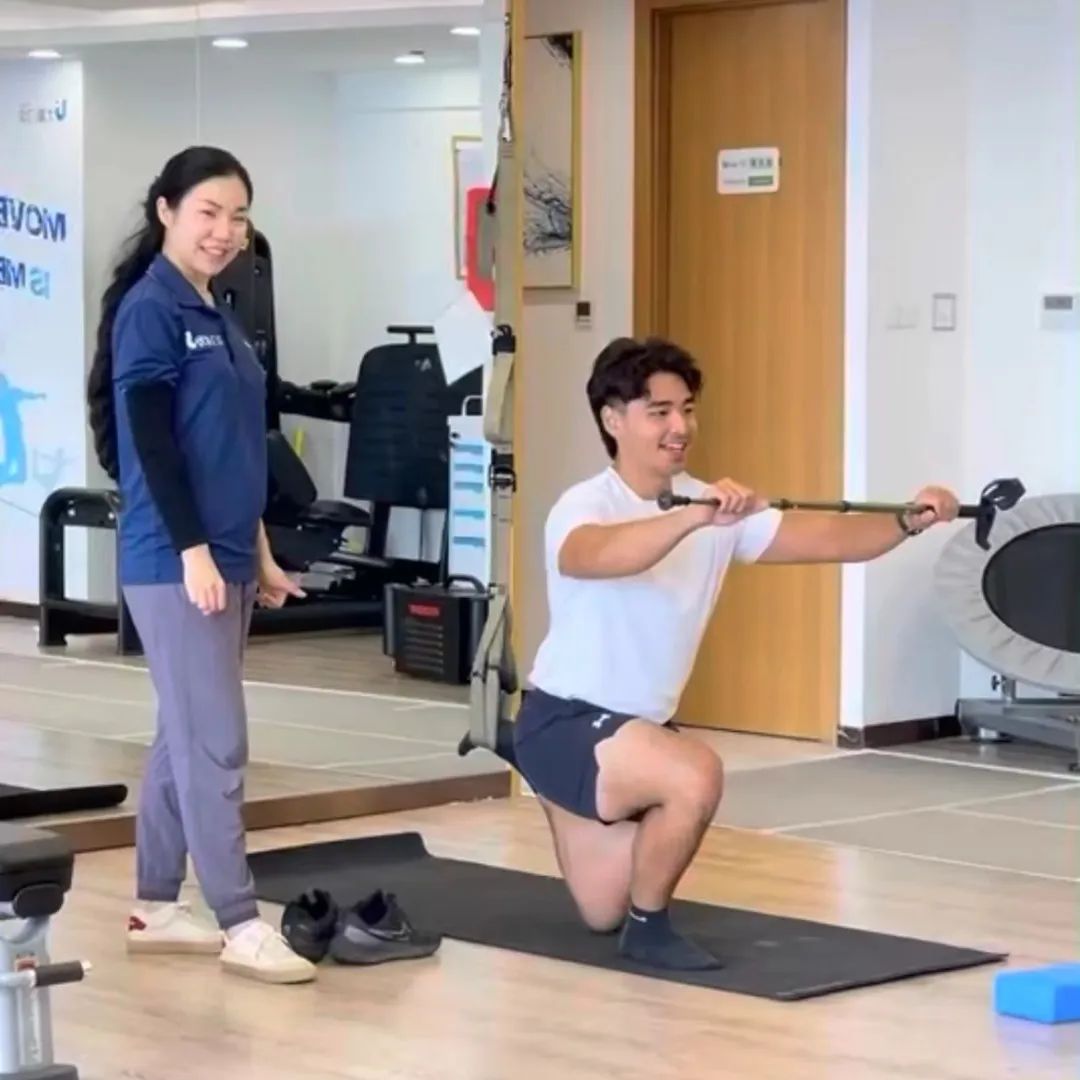
This exposure has not only broadened my understanding of the field but also reinforced my commitment to delivering the best possible care to our patients.
Q
That’s wonderful that you’ve already been able to experience so much. What made your decision to join the team?
I’m thrilled to be part of the UP team, which embraces the philosophy ‘Movement is Medicine’. This resonates deeply with my professional ethos. By building strength, mobility, and alignment in the body through movement, you can be more resilient to face all kinds of tasks in life. Movement can not only help you avoid medicine, it IS medicine. I was drawn to UP by its progressive approach to health and the opportunity to apply my global perspective, which I gained from living in various places, to help people achieve their wellness goals.
Q
How did you first decide to become a physical therapist?
My journey towards becoming a physical therapist was profoundly influenced by my time as a student-athlete. During those years, I had the opportunity to witness the transformative power of physical therapy. It wasn’t just about alleviating pain; it was about identifying and addressing the root reason of injury: functional limitations.
The goal was not merely to restore my physical abilities but to enhance them, ensuring that I could return to my sport stronger and more resilient than before.
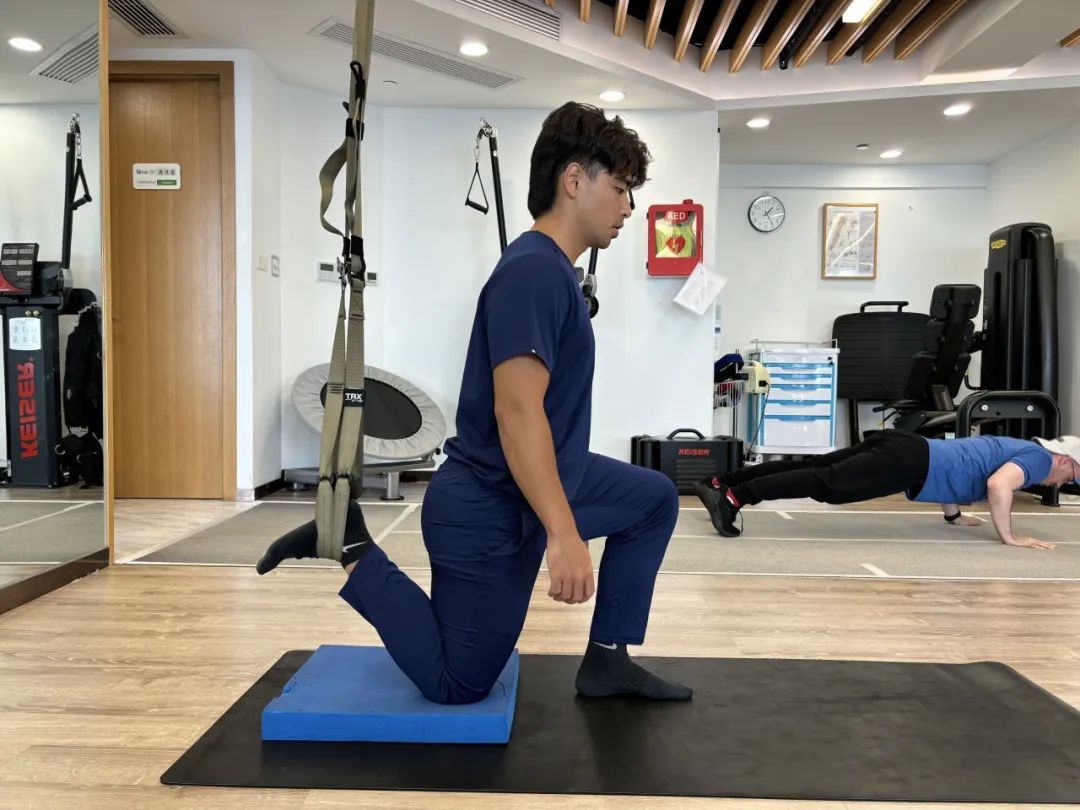
This experience instilled in me a passion for the field, driving my decision to pursue a career where I could combine my love for sports with my commitment to helping others overcome physical challenges. I am dedicated to not only fixing the pain but also to empowering individuals to reach their full potential, both in sports and in their daily lives.
Q
That’s beautiful. Did you have any role models during your time as an athlete or growing up?
Throughout my life, I’ve been incredibly fortunate to have had the guidance of many mentors, but one individual stands out as my biggest role model: my coach, Marc Van Mensel. His unwavering belief in my potential, even when I doubted myself, taught me the invaluable lessons of hard work and resilience.
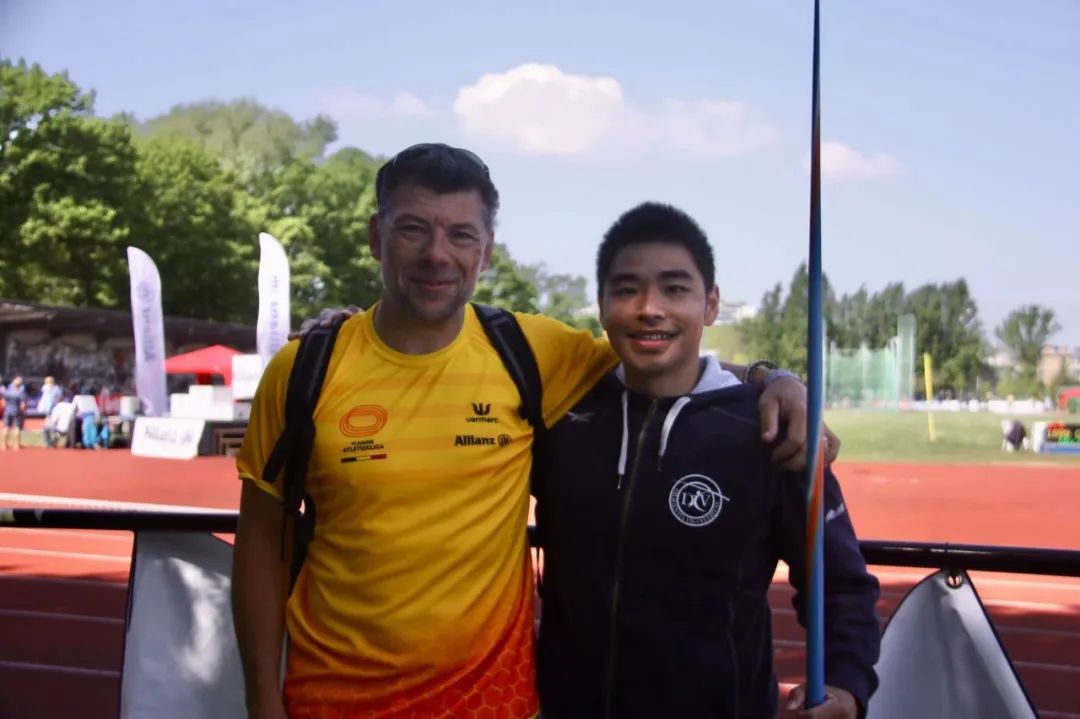
He emphasized that performance development is a marathon, not a sprint, requiring years of dedicated effort and commitment. This philosophy has deeply influenced my approach to both my athletic pursuits and my professional life, guiding me to value the process as much as the outcome.
I carry these lessons with me in my role as a physical therapist, applying the same principles of consistency, structured planning, and hard work to help my patients achieve their goals.
Q
Wow – he sounds like a great mentor. Do you have any fun stories or experiences you can share from your athletic background?
My passion for athletics is not just a professional pursuit but a significant part of my life outside the clinic. As a semi-professional athlete and coach in track and field, I take immense pride in holding the javelin record for Macau. I’ve been working on this dream for 12 years, and I’ve achieved a milestone, but there’s still a long way to go. This achievement is a testament to my dedication and commitment to the sport. Balancing my work as a physical therapist with my athletic training is a challenge I embrace.
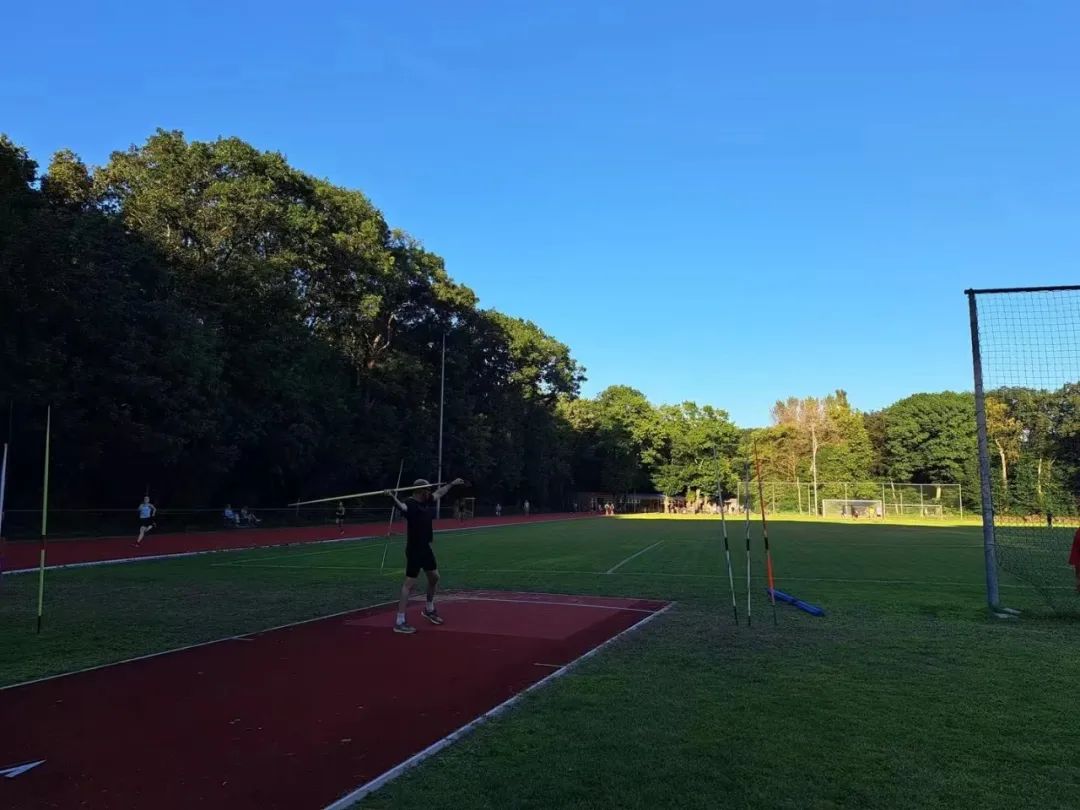
Q
That’s incredible! Congratulations! How about your work inside the clinic – could you tell us about some of your specialties there?
My expertise is centered on musculoskeletal injuries and the management of internal diseases, with a particular focus on helping individuals of all abilities lead an active lifestyle. Whether it’s a professional athlete seeking to optimize their performance or an elderly individual looking to initiate movement, my goal is to support their transition towards a healthier and more dynamic way of life.
I specialize in identifying and addressing the weak links in a patient’s physical condition, which can range from pre-existing musculoskeletal injuries to post-surgical rehabilitation needs, or functional limitations. For those dealing with internal diseases such as cardiopulmonary conditions or diabetes, I employ a progressive and tailored approach to help them safely and effectively integrate movement into their daily routines.
My role is to provide that guidance and support, ensuring that each patient feels empowered and equipped to make sustainable improvements in their health and well-being.
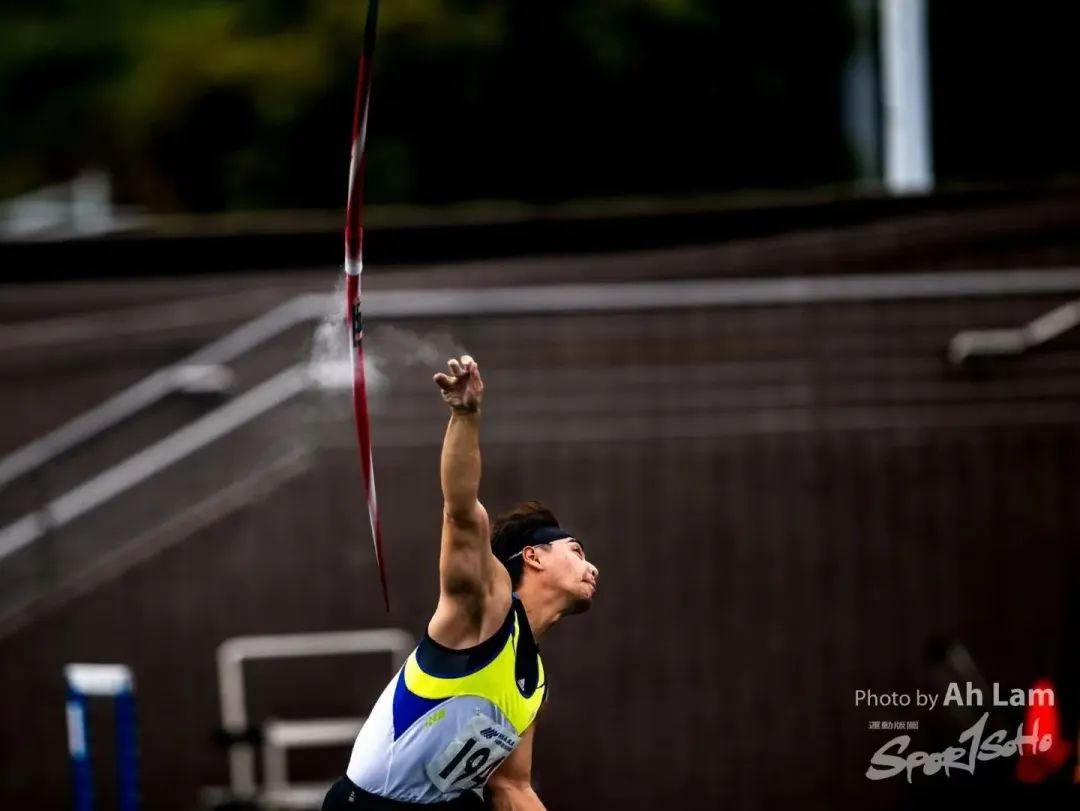
Q
What do you see as one of the biggest challenges with patients?
Effective communication is one of the most significant challenges in my role as a physical therapist. It’s not just about conveying medical information; it’s about making complex concepts understandable and relatable to patients. Helping them grasp the nature of their conditions and the importance of their active participation in the recovery process is crucial.
Moreover, the challenge extends to maintaining their motivation and adherence to treatment plans. This requires not only clear communication but also empathy, patience, and the ability to inspire confidence and trust.
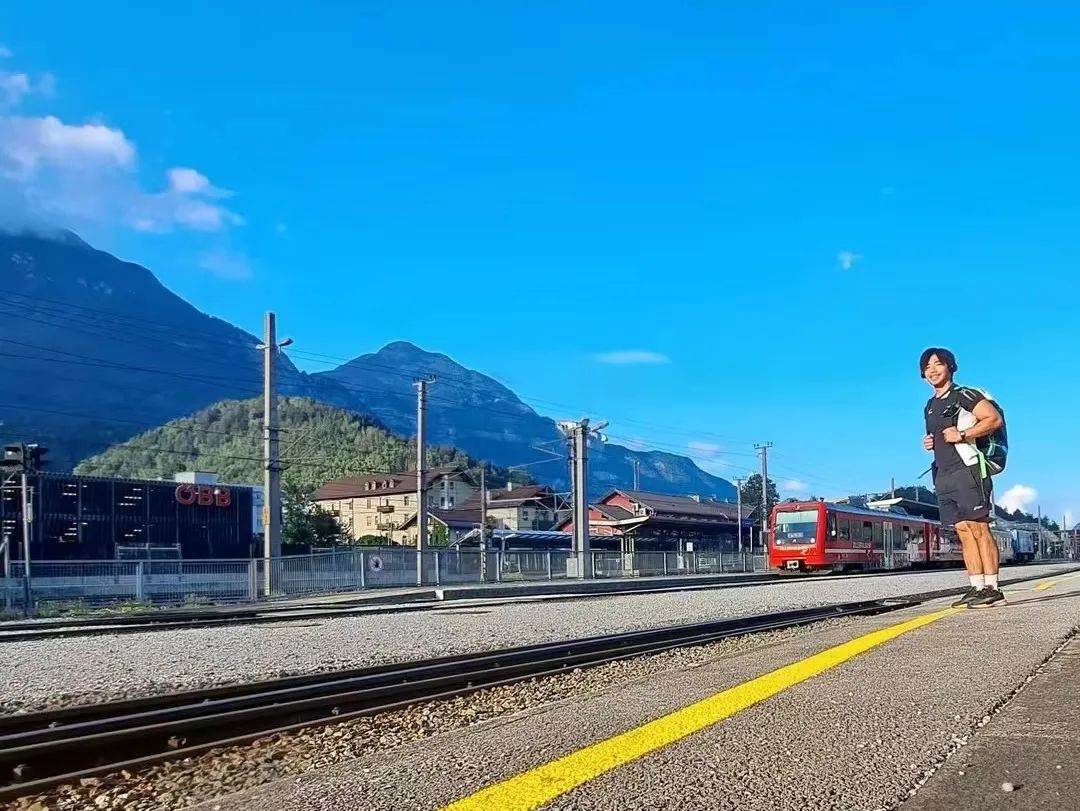
Q
Do you have any stories you could share about how you curated that trust and communication to reach success with a patient?
One of the most impactful experiences in my career as a physical therapist involved a Belgian elderly lady living in a social home. This case taught me the profound importance of a biopsychosocial approach to patient care.
Initially, the focus was on her physical limitations, but it quickly became apparent that her emotional and social well-being were equally crucial to her recovery. By integrating psychological support with physical therapy, I was able to address not only her physical needs but also the emotional and social aspects that were impacting her overall health.
The empathy and holistic treatment approach proved to be transformative. It wasn’t just about the exercises or the therapy sessions; it was about understanding her as a person, acknowledging her feelings, and creating a supportive environment that fostered healing on multiple levels.
This experience reinforced my belief in the power of empathy and the necessity of treating the whole person, not just the symptoms.
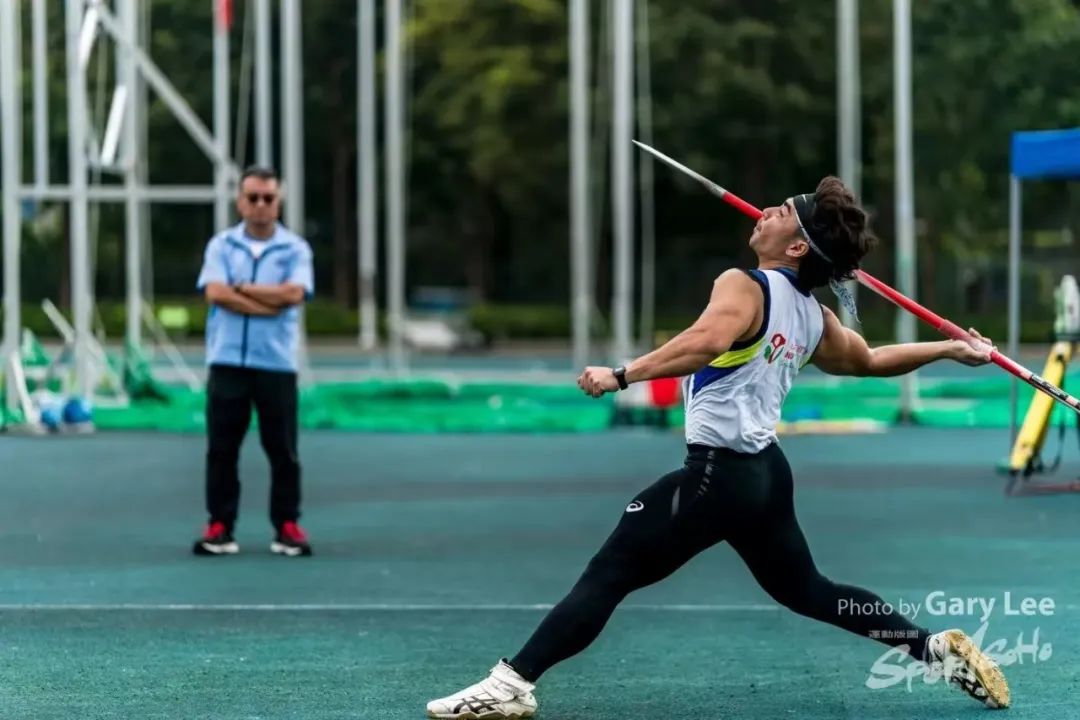
Q
That’s fantastic that you were able to support not just from the physical side but the emotional and social as well. Is there anything you would like to add about being a physical therapist and your approach to helping others heal?
As a physical therapist, I embrace the role of a movement expert. It’s the commitment to a deep understanding and application of our knowledge. It’s about the unity of knowledge and action, where theory meets practice, and expertise is honed through experience.
I am a firm advocate for an active lifestyle, believing that there is always room for positive improvement in everyone’s life. This philosophy extends beyond my professional role, as I am also an athlete constantly striving for self-improvement. This dual perspective allows me to empathize with and guide my patients effectively.
In my approach to recovery, I draw inspiration from the wise words of our Co-Founder of UP Clinic , Dr. Cory Arth, who emphasizes the four pillars of health—sleep, hydration, nutrition, and movement. These pillars form the bedrock of a balanced and healthy life, and I strive to integrate them into every aspect of my patients’ recovery plans.
My approach to helping others heal is centered around education and empowerment. I believe that understanding one’s condition and the steps towards recovery is crucial. By fostering a strong foundation of knowledge, patients can actively participate in their healing process, leading to more sustainable outcomes.
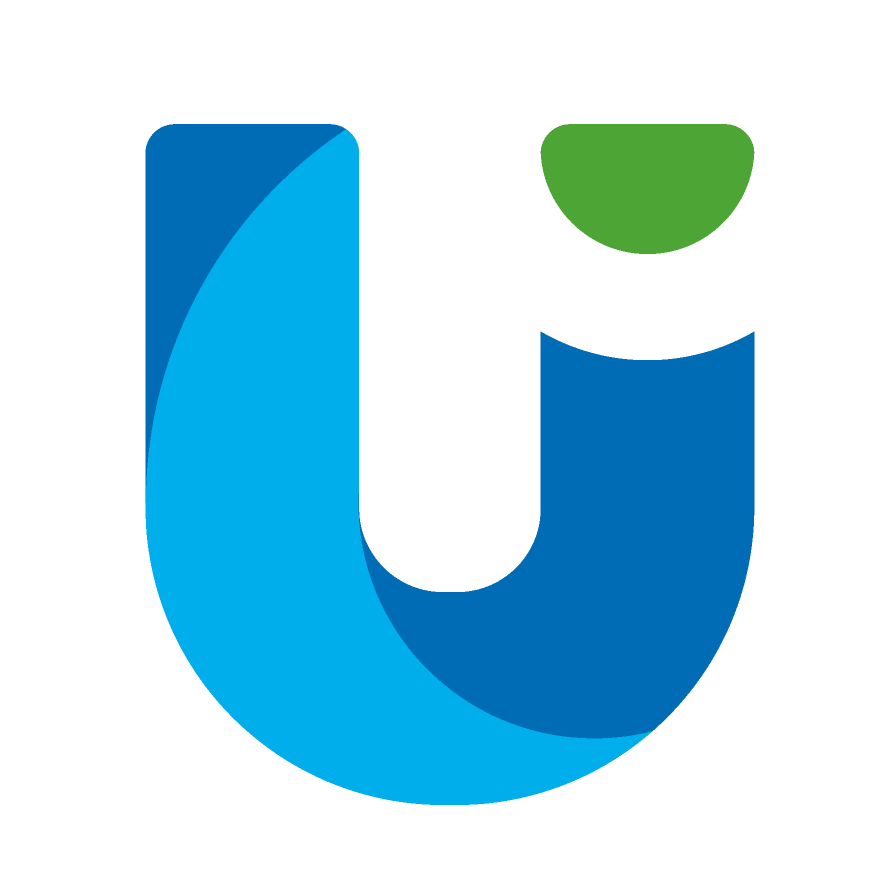
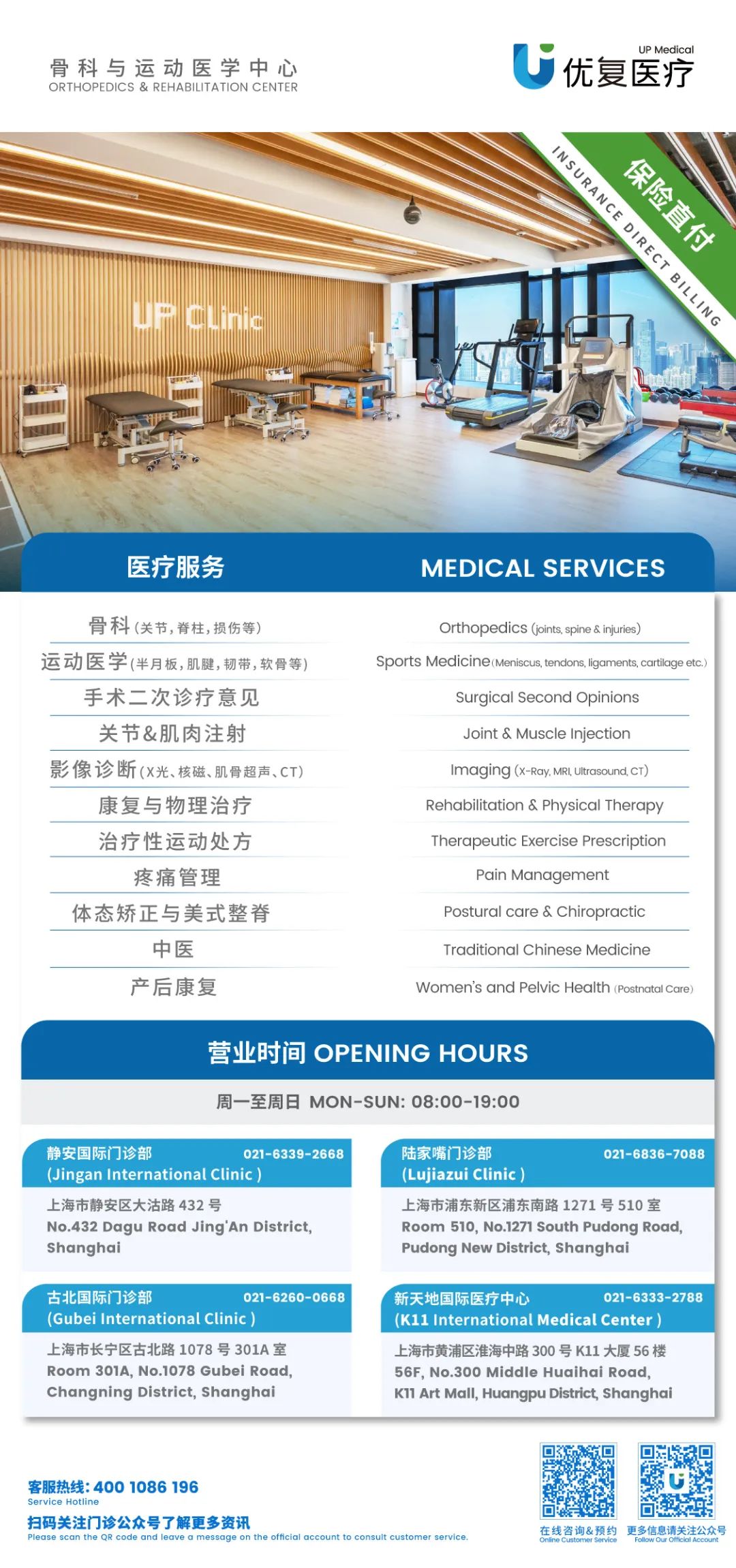
本篇文章來源于微信公衆号: 上海優複康複醫學門診部

